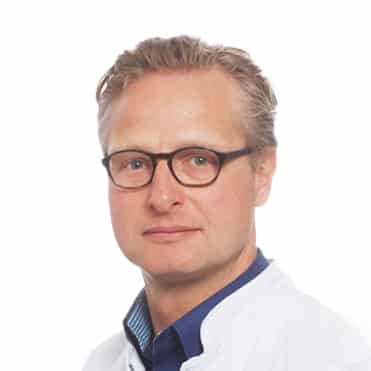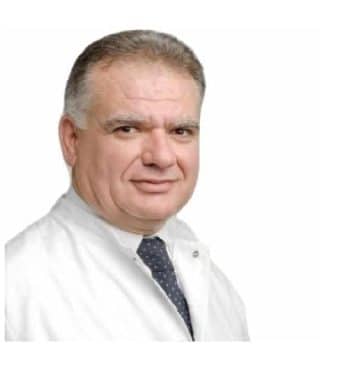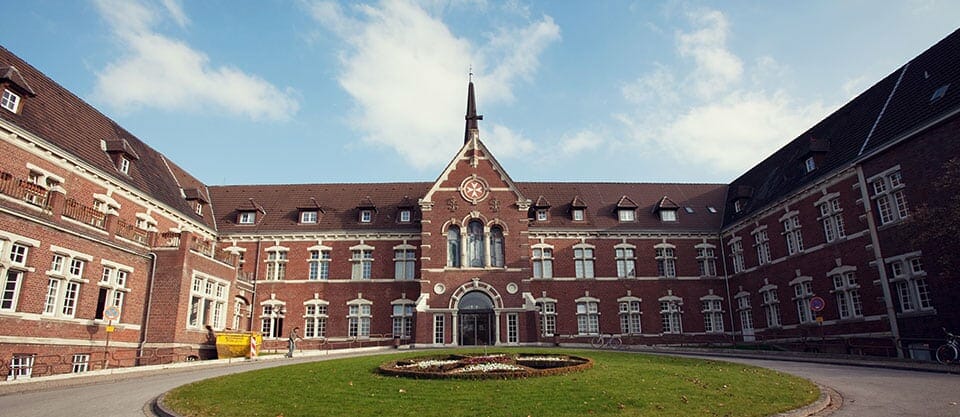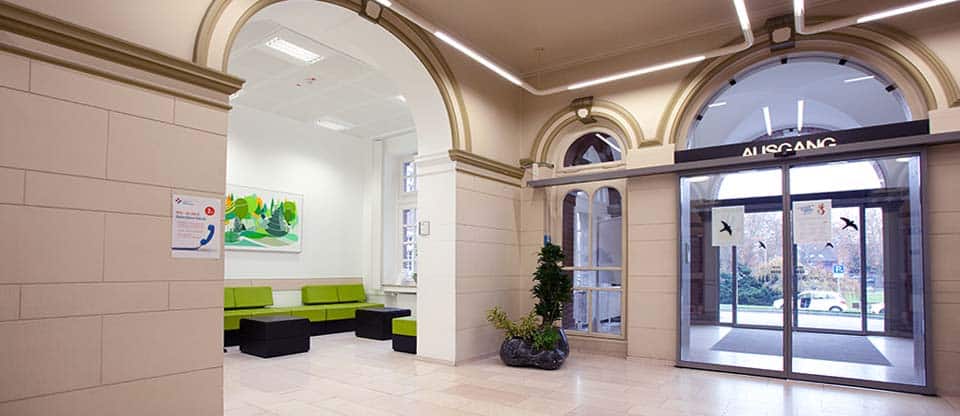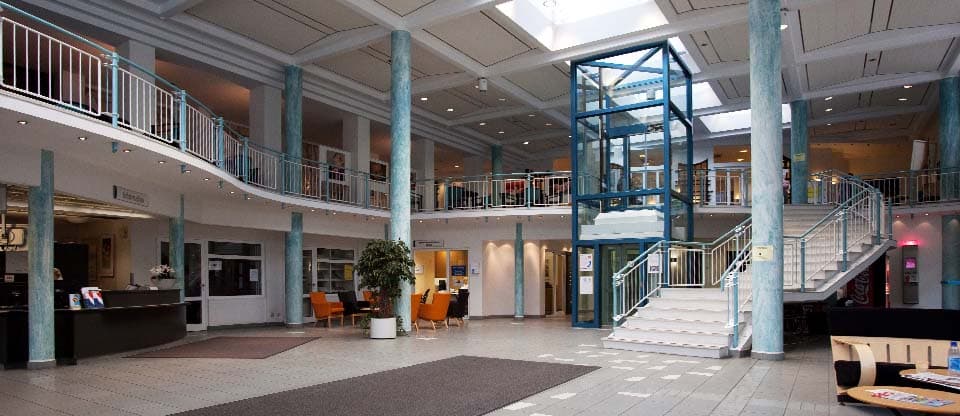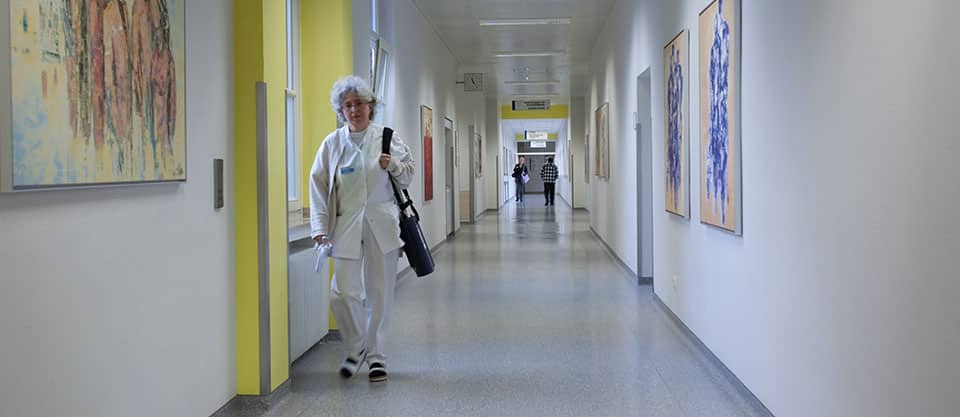The ideal valves of the human heart are natural, that is, valves created by nature, which are a complex mechanism, a very rational design, optimally functioning, providing blood flow in only one direction to carry out the correct process of blood circulation.
Therefore, in the treatment of insufficiently closing heart valves, preference is given to reconstructive operations, when the patient's own valves are preserved and restored. Special surgical techniques have been developed for the reconstruction of insufficiently closing heart valves, which are currently mainly used to correct mitral valve insufficiency, characterized by incomplete closure of the valve between the left ventricle and the left atrium. This pathology, due to many reasons, ranks second in the frequency of occurrence of diseases of the heart valves. With the help of various methods of reconstruction (more than 20), sometimes also used in combination, in more than 80 % cases it is possible to achieve a good closing function of the mitral valve; by sewing in a ring of artificial material in the area of the native (natural) valve ring (annuloplasty method), long-term stability of the reconstruction result is ensured. These reconstructive surgeries are also used with great success in the treatment of tricuspid valve lesions, increasingly in the treatment of aortic valve lesions, always assuming that these heart valves are insufficiency. Operational methods for treating valves have undergone fundamental changes. Here, first of all, two methods have been added to the original standard methods, which enable optimal individual planning of the operation.
- The so-called MIC (minimal invasive cardiac surgery) heart valve surgery. At the same time, the connection to the heart-lung machine is made through the femoral artery in the groin, while at the same time, through small incisions (minimally invasive approaches), reconstruction or replacement (prosthetics) of the heart valves is carried out. In such endovideo-assisted operations using a miniature video camera inserted into the chest through a small incision, all surgical procedures are displayed on the video monitor screen. Through small incisions, the actual surgical intervention is carried out; with a minimally invasive method of endoscopic surgery, in contrast to open surgery, special long instruments (elongated by about 20 cm) are used. The advantages of using such minimally invasive endoscopic methods for the patient are that the intensity of postoperative pain is significantly reduced, the length of the hospital stay is reduced, the wound heals faster, the risk of infection is reduced and, of course, there is a better cosmetic result.
- Transcatheter implantation of aortic or pulmonary valves without the use of a heart-lung machine - Heart-lung machine. This method of transcatheter implantation of prosthetic heart valves is mainly used to treat the most common valve disease, aortic valve stenosis. Aortic stenosis, or aortic valve stenosis, is a heart defect in which there is a narrowing of the valve between the left ventricle and the aorta. The principle of the minimally invasive aortic valve replacement technique is that first through the femoral artery (transfemoral access) retrograde or through a small incision at the apex of the heart (transapical access) antegrade under fluoroscopy control, a special balloon catheter advances to the site of narrowing of the heart valve and then the balloon is inflated , which leads to the elimination of narrowing of the heart valve. Then, at the next stage, using a catheter, the folded biological aortic valve prosthesis is delivered to the implantation site and installed in the position of the affected aortic valve. After the prosthesis is opened and the delivery system is removed, the blood flow and the working conditions of the heart are completely normalized, the symptoms of stenosis and signs of heart failure are eliminated.
Transcatheter implantation of aortic or pulmonary valves without the use of a heart-lung machine - Heart-lung machine. This method of transcatheter implantation of prosthetic heart valves is mainly used to treat the most common valve disease, aortic valve stenosis. Aortic stenosis, or aortic valve stenosis, is a heart defect in which there is a narrowing of the valve between the left ventricle and the aorta. The principle of the minimally invasive aortic valve replacement technique is that first through the femoral artery (transfemoral access) retrograde or through a small incision at the apex of the heart (transapical access) antegrade under fluoroscopy control, a special balloon catheter advances to the site of narrowing of the heart valve and then the balloon is inflated , which leads to the elimination of narrowing of the heart valve. Then, at the next stage, using a catheter, the folded biological aortic valve prosthesis is delivered to the implantation site and installed in the position of the affected aortic valve. After the prosthesis is opened and the delivery system is removed, the blood flow and the working conditions of the heart are completely normalized, the symptoms of stenosis and signs of heart failure are eliminated.
Currently, this method is used only in patients in whom open surgery is contraindicated, since there are no long-term data on the use of this new method of heart valve replacement. Nevertheless, based on the fact that the catheter method of heart valve replacement has many advantages (the absence of the need to open the chest for surgical access, the operation is performed without using a heart-lung machine, the short duration of the operation is approximately 1 hour, sometimes the use of only local anesthesia, short hospital stay, etc.), this method will be used much more frequently in the future, both in terms of indications and location of the affected valve. If the heart valve cannot be repaired, then it must be replaced. Technological innovations and next-generation prosthetic heart valves have provided numerous alternative options for heart valve replacement. In principle, a distinction is made between mechanical and biological prostheses with a stent (framework) and without a stent. Patients with mechanical valves are forced to take anticoagulants (Marcumar) for life. The service life of biological valves is approximately 10-15 years and therefore, they are mainly used for patients aged 60-70 years or if there are medical or other contraindications to taking anticoagulants. In general, in the last 10 years, biological valves have become much more widely used than mechanical valves throughout the world. In 2007, 9280 biological and only 2814 mechanical valve prostheses were implanted in Germany. This redistribution is justified by the rapid recovery of the left ventricle after implantation of a biological valve, the absence of the need for blood thinning to prevent the formation of blood clots after surgery, and, above all, the fact that the new generation of biological valve prostheses also have a longer service life than the previous ones.
Video
Request appointment
Useful links


